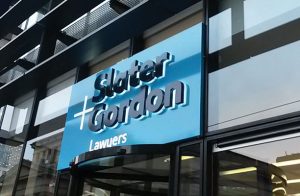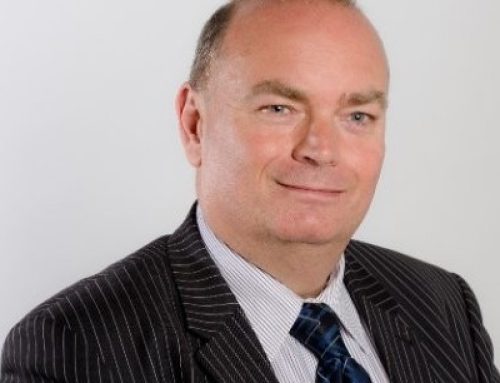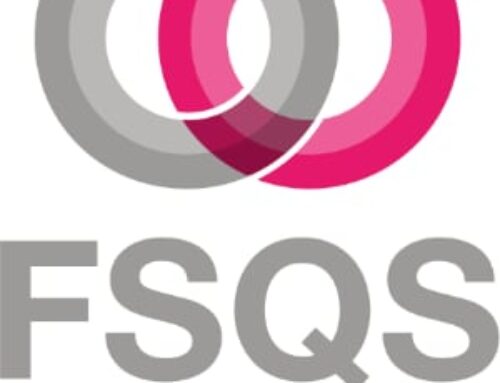Remarkable details of the biggest, and perhaps most disastrous, acquisition by a law firm in UK legal history have been laid bare in newly-published court documents.
Listed UK company Watchstone, the successor business to Quindell, this month filed its defence to a £600m claim from Australian-listed law firm Slater and Gordon.
The firm alleges that a ‘fraudulent misrepresentation’ by Quindell led Slater and Gordon to purchase the legal services division for £637m in March 2015. The deal had awful consequences for the law firm, sending its share price tumbling and accounting for most of the managers who oversaw it, before the firm this year broke off from its UK business.
The claim is based on alleged representations in Quindell’s management accounts for the period ending December 2014, and PowerPoint presentations sent to Slater and Gordon relating to ‘dilution rates’.
In its 137-page defence, Watchstone states that Slater and Gordon spent £31.7m on the ‘most rigorous’ due diligence over five months. Four organisations, named as accountant EY, global law firm Macfarlanes, and bankers Citigroup and Greenhill, were brought in by Slater and Gordon and they given access to a ‘digital data room’ with 1,600 documents to review.
The parties met at Heathrow in November 2014 to discuss terms of the deal and, in March 2015, EY produced a 194-page report following due diligence.
The defence notes that a brief period of what Watchstone calls ‘horse trading’ over the telephone began, with Quindell asking initially for between £900m and £1.2bn. Within three days that had been haggled down to £640m by then managing director Andrew Grech.
The defence states that Slater and Gordon was aware of Quindell’s well-publicised accounting issues, and had stayed away from the company’s accounting policies which it described as ‘just crazy land’.
On the claim of deceit, Watchstone says: ‘S&G pleads no primary facts amounting to fraud or dishonesty and instead seeks to make out its case by reliance upon inference, innuendo, email extracts presented out of context, and unparticularised conversations.’
The defence also gives an insight into Slater and Gordon’s post-acquisition plans: Watchstone says the buyer was aware of a backlog of RTA claims, but the Australian firm planned to address this by increasing spending on fee-earners from £19.8m to £53m. It was expected the acquisition would bring in 90,000 RTA cases a year.
Slater and Gordon’s objective, the summary of the defence suggests, was to ‘increase S&G’s market share in the UK by taking advantage of the fact that one of [its] major competitors was in distress, and it believed that it had the expertise and resources to succeed where Quindell had struggled’.
Watchstone makes clear the allegations of deceit and the associated breach of warranty claims are ‘wholly without merit and should never have been advanced’.







